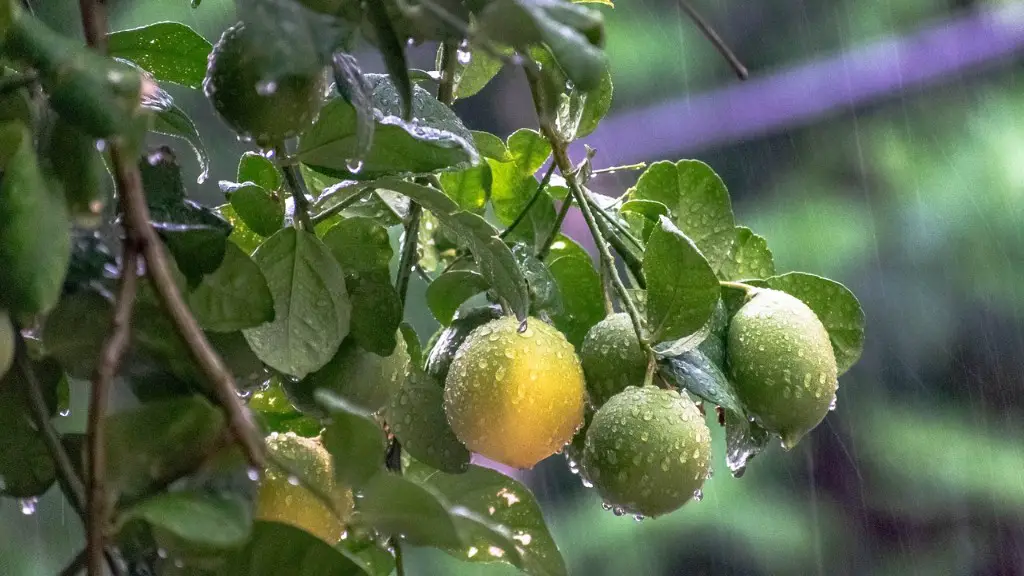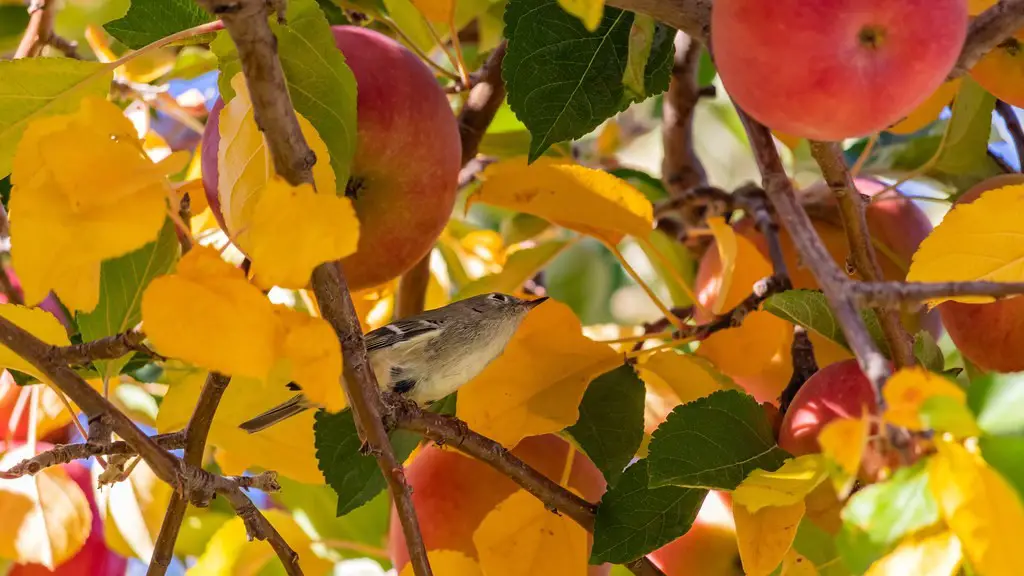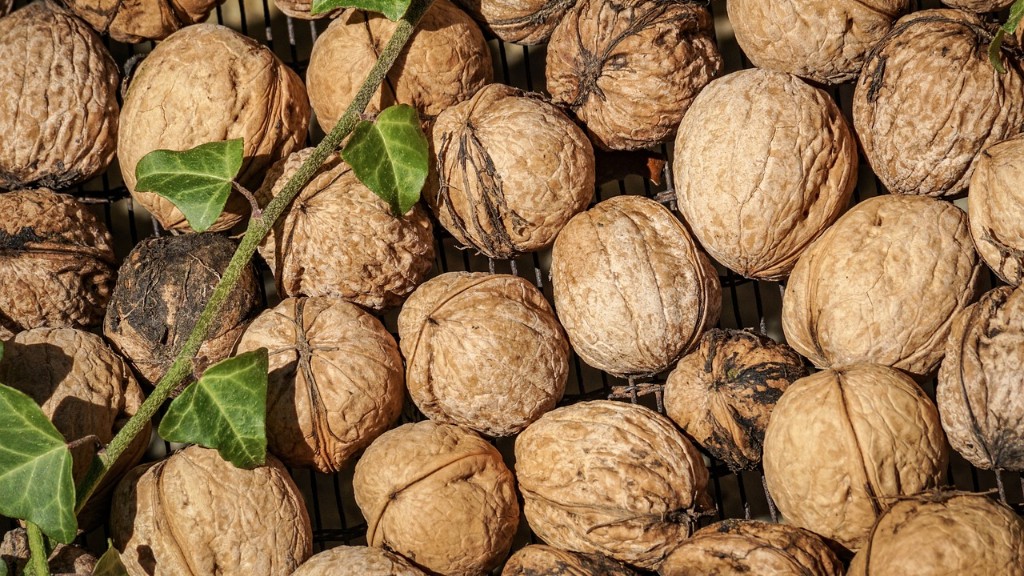To avoid yellow leaves on a lemon tree, it is important to provide proper care. Monitoring the tree’s soil, water and temperature are essential steps to maintaining the health of the lemon tree. When possible, inspect the leaves regularly to check for discolouration, which is usually an indication that the tree is in need of care. If the leaves appear yellow, the following steps can be done to treat them.
Monitor Air Circulation
Poor air circulation can lead to yellow leaves on lemon trees, as stagnant air can produce an environment that is unfavourable for healthy foliage. To prevent this, prune and thin the tree’s foliage for increased airflow. Carefully trim the branches and stems to create proper light exposure and improved airflow.
Choose Your Watering Technique
It is essential to water lemon trees frequently, but not to over-water. When watering, make sure that the roots are saturated with moisture. Additionally, try to water at the root system instead of from overhead. When watering from overhead, make sure to partially dry the foliage before nightfall, to prevent the leaves from becoming too wet.
Check for Fungal Disease
Yellow leaves can be an indication of fungal diseases, so it is important to check if the tree is infected. Fungal diseases may spread quickly and are known to damage the foliage of a lemon tree. Treat fungal diseases with the right fungicide, administered by following the instructions of the manufacturer.
Use Compost Mulch
Compost mulch provides vital nutrients to the soil, which in turn leads to healthy leaves. Furthermore, regular applications of compost can help control fungal diseases. It can also help prevent weeds from sprouting and ensure proper water movement from the roots to the leaves.
Fertilize Regularly
Lemon trees need to be fertilized regularly for optimal growth. Choose a balanced fertilizer that is intended for use with citrus fruits. Follow the instructions on the package to determine the correct amount and application frequency.
Monitor the Temperature
The best temperatures for lemon tree growth are between 60 and 70 degrees during the day and 55 to 65 degrees during the night. Extreme temperatures can lead to discolouration of the leaves. If the temperature drops below 40 degrees, the lemon tree will likely suffer from frost damage.
Eradicate Pests
If pests are present on the lemon tree, immediately eradicate them. Pests can eat the leaves, leading to discolouration and health problems for the lemon tree. Inspect the tree at least once a week for possible signs of infestation and treat the pests with the necessary product.
Maintain Soil Quality
In order to have healthy foliage, it is essential to have healthy soil. Add a nutrient-rich soil mix to the existing soil and make sure to check the pH levels regularly. Also, make sure there is adequate drainage. If the soil is too dense, it can inhibit water movement and cause yellow discolouration of the leaves.
Provide Adequate Shade
Although lemon trees require plenty of sun, they also need adequate shade when temperatures become too hot. The trees should be provided protection or filtered light if the outside temperature rises above 85 degrees. If the tree is exposed to direct sunlight for too long, it can cause the leaves to become yellow and discoloured.


